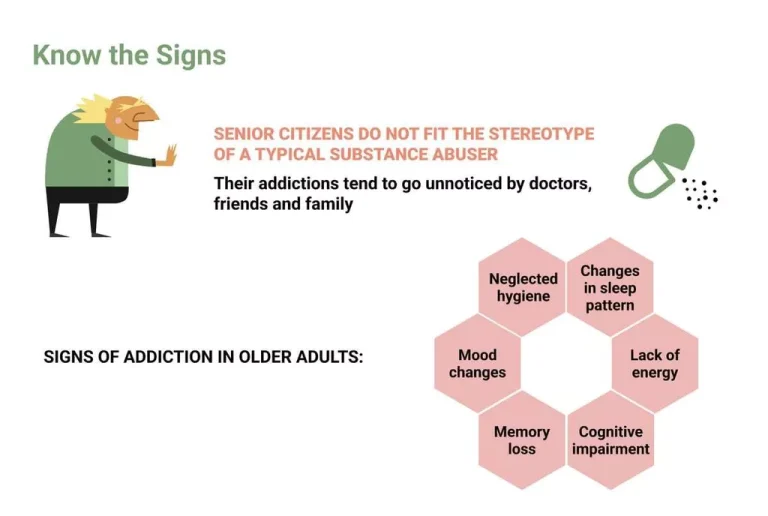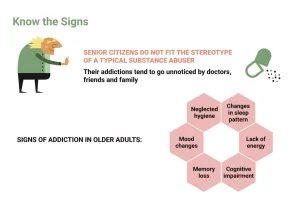
If you take an immediate-release amphetamine, wait at least four to six hours before drinking any alcohol. If you take an extended-release amphetamine, wait at least eight hours before drinking alcohol. The average amphetamine dosage is 5 to 40 milligrams (mg), one to three times per day, divided at four to six-hour https://ecosoberhouse.com/ intervals.

What to know about amphetamine addiction

Symptoms could last between one to three days or up to 10 days after stopping an amphetamine. Our state-specific resource guides offer a comprehensive overview of drug and alcohol addiction treatment options available in your area. For example, urine tests can detect meth for up to 4 days, and hair tests can detect it for 3 months or more following use.
- Focusing on a different age range, Adler et al. 47 demonstrated that for concentrations between 30 and 70 mg a day, the used of LDX in adults with ADHD and Comorbid Sluggish Cognitive Tempo (SCT) was beneficial, showing significant improvements in SCT when compared to a placebo 47.
- While any user can develop an Adderall addiction, addiction is more likely in a recreational user because a doctor is not monitoring their dose.
- All of the studies had a similar structure, encompassing screening and washout, dose optimization, dose maintenance, and a safety follow-up, with doses ranging from 10 to 30 mg LDX per participant 44,45,46.
- Measurable amounts of amphetamine were also present in the urine of the infant.
- MDMA-assisted psychotherapy has emerged as a novel approach in the treatment of PTSD, and it has exhibited significant and sustained reductions in PTSD symptoms.
What should I do if I miss a dose of amphetamine?
Until the 1960s, experts excluded the possibility of amphetamine-like drugs being abused. Only in 1959 did the Food and Drug Administration (FDA) prohibit the sale of benzedrine inhalers without a prescription. However, groups of people encouraged the use of amphetamine pills, recommending them for a variety of physical and mental conditions. Amphetamine-like drugs half life of amphetamines are acknowledged in the scientific literature as having a high risk of neuropsychiatric side effects 23.
Comparison with other drugs

When someone takes Vyvanse, it takes five hours to convert to dextroamphetamine fully, and the body begins metabolizing dextroamphetamine before all Vyvanse is converted to dextroamphetamine. Always consult your healthcare provider to ensure the information displayed on this page applies to your personal circumstances. The half-life of a drug is an estimate of the time it takes for the concentration or amount in the body of that drug to be reduced by exactly one-half (50%). Amphetamine is a CNS stimulant and sympathomimetic agent indicated for the treatment of Attention Deficit Hyperactivity Disorder (ADHD).
4. Amphetamine, Phentermine, Dexamphetamine, and Dextroamphetamine

Your doctor may tell you to stop taking amphetamine from time to time to see if the medication is still needed. Therefore, logic supports the view that these disturbances are indeed residual consequences of the drug use. The ability of MDMA to increase the concentration of serotonin in the synapse probably underlies its production of improved mood and of sensory alterations.
Clinical Trials
- Physicians should consider an alternative medication or advise the patient to discontinue breastfeeding.
- In addition, the P300 event-related potential recorded from the human scalp is modulated by catecholaminergic neurotransmission 174, 175, and it exhibits reduced amplitude during early abstinence from chronic methamphetamine abuse.
- Thoughtful deliberation, qualified guidance, and conformity to legal and ethical norms are mandatory prerequisites, especially since the toxicity mechanisms of all these drugs have not yet been fully established 18.
- These include amphetamine-induced exchange diffusion, channel-like transport, disruption of vesicular storage by the weak base properties of amphetamine, phosphorylation, and transporter trafficking 2.
However, most people begin to notice withdrawal symptoms a few hours after their last dose. These drugs increase the body’s normal functions and the speed at which the brain sends and receives messages. Amphetamines are used medically to treat attention-deficit/hyperactivity disorder (ADHD) or narcolepsy. Their stimulating effect may, however, cause them to be used to get high or improve one’s mood. ADHD treatment forms the bulk of the total prescriptions for pharmaceutical amphetamines.
